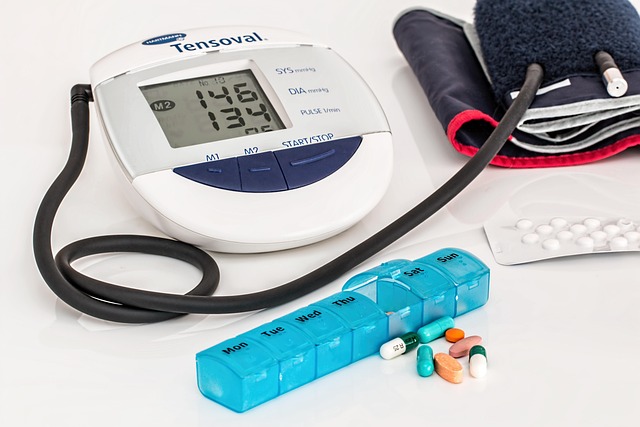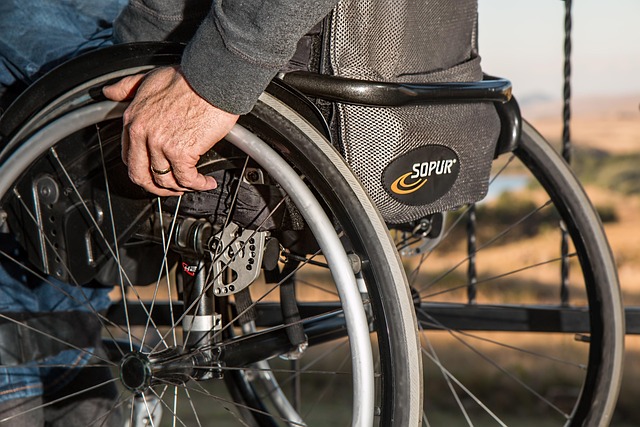Revolutionizing Diabetes Management: The Future of Insulin Sensors
Living with diabetes often feels like a continuous balancing act—juggling blood sugar levels, insulin doses, and the uncertainty of unexpected highs or lows. For millions around the world, this routine isn’t just about numbers; it’s about maintaining a quality of life, preserving independence, and reducing the constant mental and physical toll that the condition imposes. In the realm of sensors, a new revolution is underway, promising to transform how we manage diabetes by leveraging cutting-edge insulin sensor technology.
The Current Landscape: Challenges in Managing Insulin
Traditional insulin management relies heavily on manual monitoring through frequent finger pricks and timed insulin injections. While continuous glucose monitors (CGMs) have improved the landscape by providing real-time data on blood sugar levels, insulin administration itself remains a challenge. Users must still estimate doses, monitor changes in activity or diet, and react to unpredictable fluctuations. This not only demands vigilance but also often leads to anxiety and fatigue.
What Sets Insulin Sensors Apart?
Enter the insulin sensor—an innovative device designed to directly monitor insulin levels in the body in real time. Unlike traditional sensors that track glucose only, insulin sensors provide a more comprehensive insight into how the body processes insulin. This capability opens doors to personalized treatment strategies tailored to each individual’s unique metabolic response.
Imagine an insulin sensor seamlessly integrated with your insulin pump or smartphone app, offering continuous feedback on your insulin concentration and action in the bloodstream. Such immediate data can empower users and healthcare providers alike to adjust dosages dynamically, preventing dangerous highs or lows before they happen.
The Science Behind the Sensors
Modern insulin sensors employ advanced nanotechnology and biochemical detection systems to sense minute insulin molecules. These sensors are designed to be minimally invasive or even noninvasive, transmitting real-time data wirelessly to user-friendly devices. Some prototypes are exploring smart tattoos or implantable microchips that blend smoothly with daily life, providing accuracy without discomfort.
Benefits Beyond the Numbers
The emotional impact of having an insulin sensor at your disposal cannot be overstated. By offering greater control and peace of mind, these sensors alleviate much of the stress and uncertainty that diabetes imposes. Individuals regain confidence in their daily routines, whether it’s managing work, exercise, or social interactions, without the looming fear of unexpected insulin-related complications.
What’s on the Horizon?
The future holds enormous promise. Integration of insulin sensors with AI-powered analytics could provide predictive modeling to prevent episodes of hypo- or hyperglycemia automatically. Personalized insulin delivery systems connected to these sensors could tailor treatment down to the minute, adapting to lifestyle changes in real time.
Moreover, as these technologies advance and become more accessible, disparities in diabetes care could narrow, offering hope to underserved populations worldwide.
Final Thoughts
In the intersection of sensors and diabetes management, the emerging insulin sensor represents a beacon of innovation. It symbolizes a move toward not only smart, data-driven healthcare but also a more compassionate approach—one that acknowledges the complexities of living with diabetes and strives to ease that burden through technology. For anyone affected by this condition, the evolution of insulin sensors is nothing short of a hopeful revolution.




